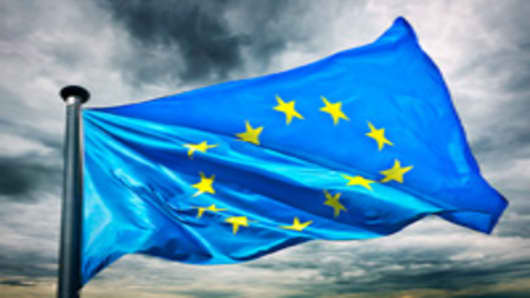Some investors worry the problems in the eurozone are so serious, there's no easy fix. A major overhaul is needed, some investors say, in order to hold together this important economic region. The announcement made by European officials on the last trading day of the quarter was a serious step in that direction, analysts say.
However, others say Europe isn't all that critical to U.S. companies and that investors are overreacting. Companies in the Standard & Poor's 1500 index get less than a quarter of their revenue from Europe.
But you're right to be cautious. If you're invested in individual stocks, it's a good idea to understand how large each companies' exposure is to Europe. If a company gets more than 20 percent of its revenue from Europe, it's prudent to keep that in mind and make it part of your analysis on a stock.
Unfortunately, companies don't usually make looking up this information very easy. You'll need to know how to dive into the company's financial statements to unearth its geographic breakdown of revenue.
Be forewarned that not all companies break this information down to the same level of detail. And some companies don't provide any details at all about where they garner most of their revenue.
With that said, most major companies with significant overseas operations at least disclose how much of their revenue, or even earnings, come from outside the United States. It's just up to investors to know where to look.
For practice on how to unearth this information, you might start with General Electric . You'll want to access the company's annual report, where all this information is disclosed. You can use the to get an annual report.
Once you have the annual report open, you'll want to search for the keyword "geographic." Doing so with the GE annual report leads you to a section with the heading, "Geographic Revenues." Here you'll see that GE posted total revenue in 2011 of $147.3 billion. Of that, a large chunk, nearly 48 percent, comes from sales in the United States. Europe accounted for the second largest piece of revenue, 20 percent or $29.1 billion.
Again, not all companies make it this easy, and you might have to dig further. Yet other companies might combine their sales from several regions, like Europe and Asia. But after reading this article, you should be able to navigate the annual report and figure out what, if any, detail on European sales is available.


